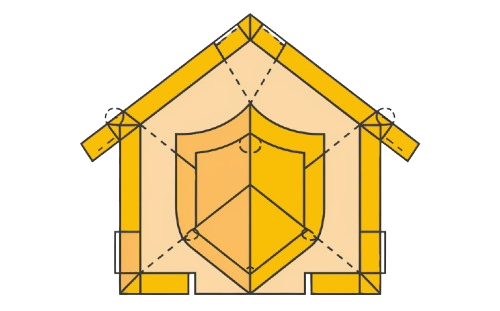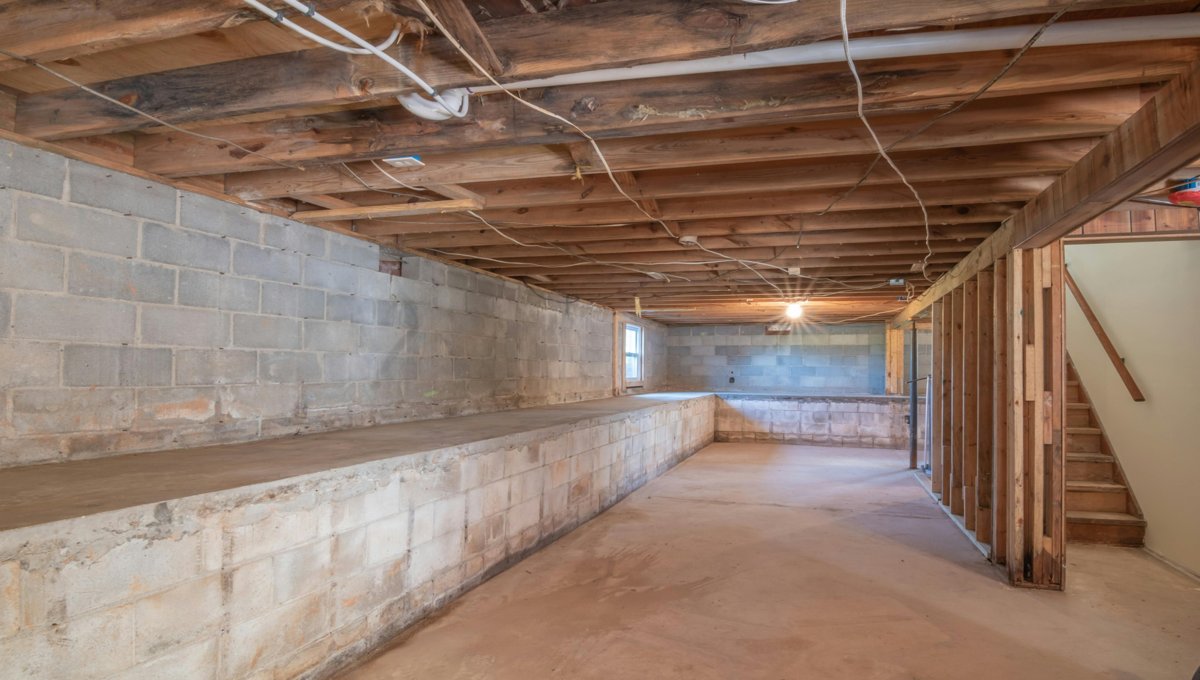In the quest to find the right insulation for your basement ceiling, many homeowners feel overwhelmed by the variety of options available. Choosing the right material can make a huge difference in both energy efficiency and sound control. For those living in older homes with uninsulated, cold floors upstairs, selecting an effective insulation can transform these less inviting spaces into comfortable living areas.
The challenge often lies in deciding which insulation works best for the specific problems of your basement. Whether you are insulating a spare bedroom or a working area, the goal is to pick a solution that offers both thermal control and sound dampening. Effective insulation can help lead to a more comfortable and energy-efficient home by addressing drafts around the floorboards and blocking air from outside through exposed walls and the rim joist.
Types of Basement Insulation
Choosing the Best Fit for Your Basement Ceiling
When it comes to basement insulation, the three commonly used materials are spray foam, fiberglass, and foam board. Each product has its strengths and is better suited for different types of basements. Spray foam is excellent for creating an airtight seal, making it a stellar choice for basements that need to block moisture and air leakage. Fiberglass is cost-effective and commonly used because of its ease of installation and effective sound dampening qualities, making it a comfortable fit for basement ceilings. Lastly, foam board offers a rigid insulation option with high energy efficiency, which helps keep your basement a comfortable space and your upper floors warm.
Improving Comfort with Fiberglass Batts
Cost-Effective Sound and Heat Control
Using fiberglass batt insulation is a traditional and popular way to insulate the basement walls and ceilings, especially in older homes. Made from fine glass fibers and reinforced plastic, this insulation is known for its economic benefits and the ease of DIY installation, making it a practical option for homeowners working on a refinishing project. Fiberglass batts are inexpensive compared to other options and can be installed quickly, helping to create a more comfortable space while saving on costs.
However, while fiberglass is effective at sound attenuation and can muffle noises from living spaces, it’s less efficient at stopping heat transfer due to its air-permeable properties. This means cold drafts can still penetrate the walls and ceilings, reducing its effectiveness. To combat this issue, fiberglass should be supplemented with an air-sealing product, particularly around the rim joist and band boards, where cold air commonly leaks. By combining these solutions, you can enhance your basement’s comfort while maintaining affordability.
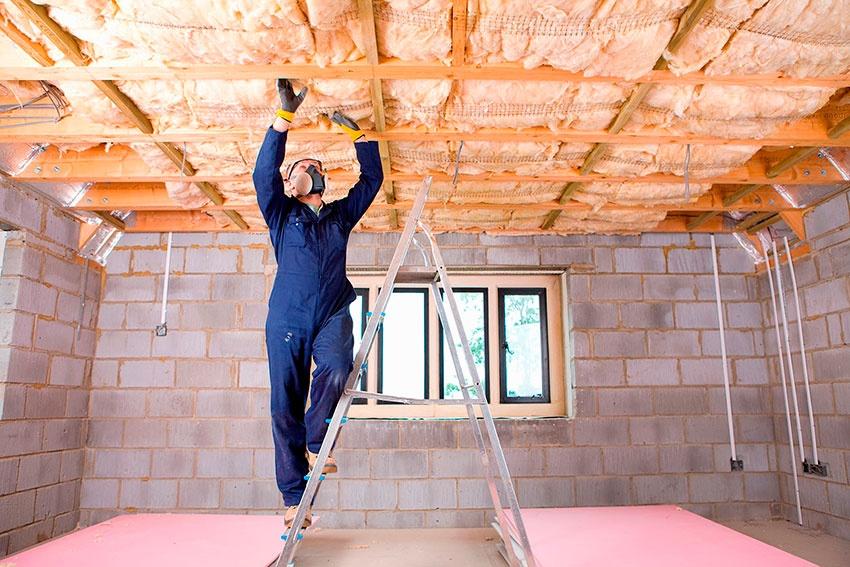
Despite these drawbacks, fiberglass batts remain a reliable option for those looking for a budget-friendly solution. They are comparable to denser materials like mineral wool in terms of soundproofing but require additional measures to achieve the airtight seal necessary for optimal thermal insulation. For homeowners not planning on advanced energy efficiency, but who need basic insulation that works without major alterations, fiberglass offers a significant difference in comfort and energy savings.
Also Read: What Is Fiberglass Insulation Made Of?
Effective Thermal and Moisture Control with Foam Board Insulation
Seamless Installation for Basements
Foam board insulation is an excellent choice for those renovating from the top of the home to the bottom, particularly for basement ceilings. Composed of rigid panels made from polystyrene, polyisocyanurate, or polyurethane, this type of insulation offers robust water-resistant properties that significantly limit moisture buildup and mildew growth.
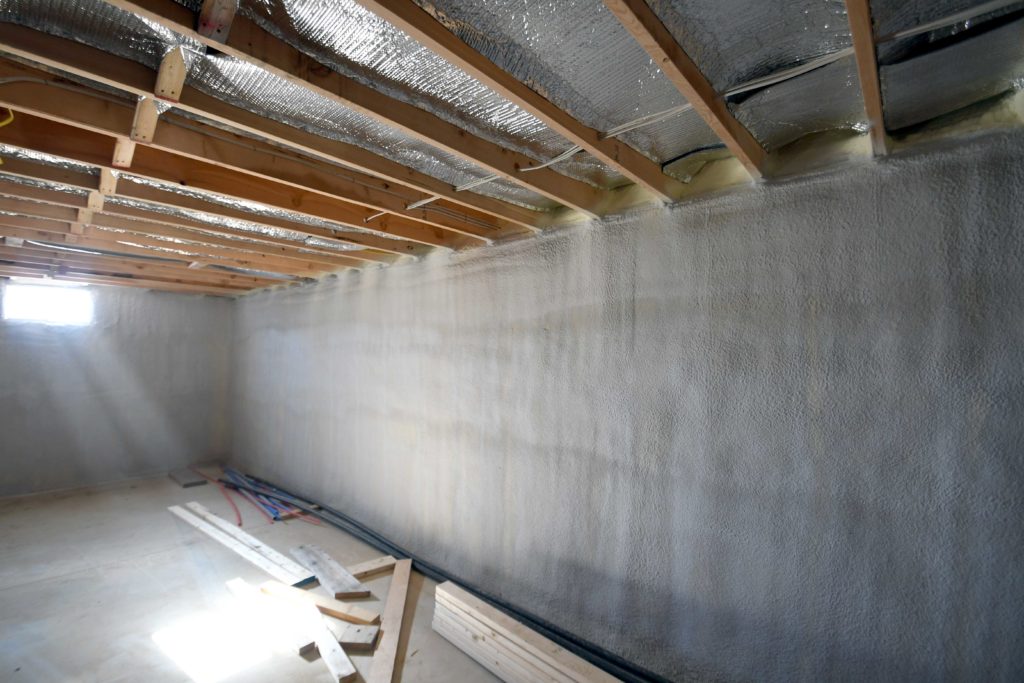
Foam boards need to be cut exactly to fit the designated area and installed properly to serve as an effective air barrier. When the joints between the sheets and boards are taped properly, foam board provides an impressive defense against airflow, which helps prevent heat transfer and keeps the basement insulated effectively. Unlike more traditional insulation types like fiberglass or cellulose, foam board does not require frequent maintenance or replacement, making it a durable option over time. Additionally, the air bubbles in expanded polystyrene boards contribute to their insulating properties but need careful installation to avoid moisture accumulation, which can render the insulation ineffective.
Spray Foam Insulation for Basement Ceilings
Comprehensive Coverage with Spray Foam
Spray foam insulation offers a unique advantage for basement renovations by filling the nooks and crannies that other insulation materials may miss. As a versatile insulation solution, it is designed to create a comprehensive air barrier, sealing the basement from the outside environment and stopping drafts that penetrate through walls and ceilings. This helps to retain warmth and prevent the entry of cold air, making it an effective solution for energy efficiency and comfort.
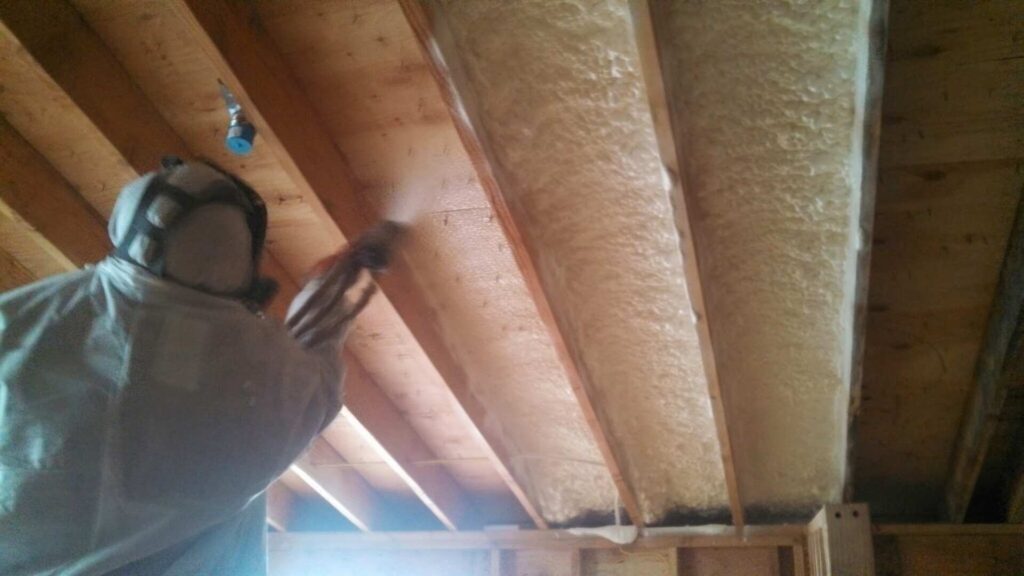
Special Qualities of Open-Cell Spray Foam
Open-cell spray foam stands out due to its sound dampening qualities, which makes it a preferred choice for basements used as rec rooms or other active areas. Its ability to reduce noise transfer is significant, helping to muffle sounds that might otherwise disrupt the living spaces above. Although spraying this foam can be tricky and requires the oversight of a professional installer, the benefits in sound attenuation and thermal insulation are well worth the investment.
Also Read: Is Spray Foam Insulation Good for Soundproofing
Considerations and Professional Recommendations
When considering the cost of spray foam insulation, many customers worry about its expense compared to other options like batt insulation. While it may seem expensive upfront, the long-term savings on energy bills and the reduction of mold and mildew growth make it a valuable choice. A proper installation is crucial to avoid issues like air leakage or water retention, which is why hiring a qualified contractor is highly recommended. Though the initial expense may be a concern, the performance and durability of spray foam create a compelling case for insulating basement ceilings, especially in homes not yet finishing their spaces.
Closed Cell Spray Foam for Basement Ceilings
Advanced Insulation with Closed Cell Technology
Closed cell spray foam is a robust insulation option for homeowners who are not planning to finish their basement but require an effective way to insulate their basement ceiling. This type of foam provides a premium insulating performance by forming an airtight seal that stops additional forms of heat transfer and creates vapor barriers to mitigate moisture—a crucial factor in basements with dirt floors or stone walls. Unlike open cell spray foam, closed cell foam is denser, which contributes to its ability to prevent the movement of air and moisture, making it the best solution for environments subject to high humidity.
Considerations for Using Closed Cell Foam
Despite its superior insulating properties, closed cell foam is more expensive than many other insulation options, such as open cell foam. It requires fewer inches to be installed effectively, for instance, a basement ceiling may only need 2 to 4 inches compared to the 5 to 10 inches needed for open cell foam. This makes closed cell foam a less DIY-friendly option, generally necessitating professional installation to ensure it is installed properly. While it does not offer much sound attenuation, the thermal insulation and moisture control it provides are often worth the investment, especially in basements resembling cellars or those more prone to humidity and moisture issues.
Final Thoughts on the Best Insulation for Basement Walls and Ceilings
When considering insulation for your basement ceiling, there are a few good options to choose from, depending on your current situation and specific needs. For homeowners prioritizing sound control, batt insulation or open-cell spray foam are great choices, while those seeking the best performance can benefit from the airtight seal of spray foam, which helps prevent moisture issues and increases comfort. If cost is a concern, foam board or fiberglass offer more budget-friendly, DIY-friendly options.
Not sure which insulation type is right for your basement? Contact us today, and we’ll connect you with experienced professionals who can recommend the best solution for your needs and budget. Make your basement more comfortable and energy-efficient with expert advice and installation!
FAQ
What type of insulation should I use in a basement ceiling?
Rockwool insulation, also known as Roxul, is highly recommended for basement ceilings due to its fireproof and soundproof properties. This mineral wool insulation is a preferred brand for many situations, ensuring safety and comfort.
Should basement ceilings be faced or unfaced insulation?
Basement ceilings usually don’t have direct contact with vapor, so vapor retardant facings are typically unnecessary. Using unfaced fiberglass batts is a practical choice, as it eliminates condensation risks. If you already have faced fiberglass batts, you can still install them without any issues.
What is best for a basement ceiling?
Drywall is the best choice for a basement ceiling because it offers a clean and durable finish. Drop ceilings may lower the height and look cheap, making drywall a better option. Plus, patching drywall is fairly cheap and not a big concern for most homeowners.
What is the cheapest way to insulate a basement ceiling?
Fiberglass is an inexpensive option for basement insulation. If you plan to tackle refinishing your basement yourself, fiberglass insulation can be easily installed as a DIY project, saving both time and money.
